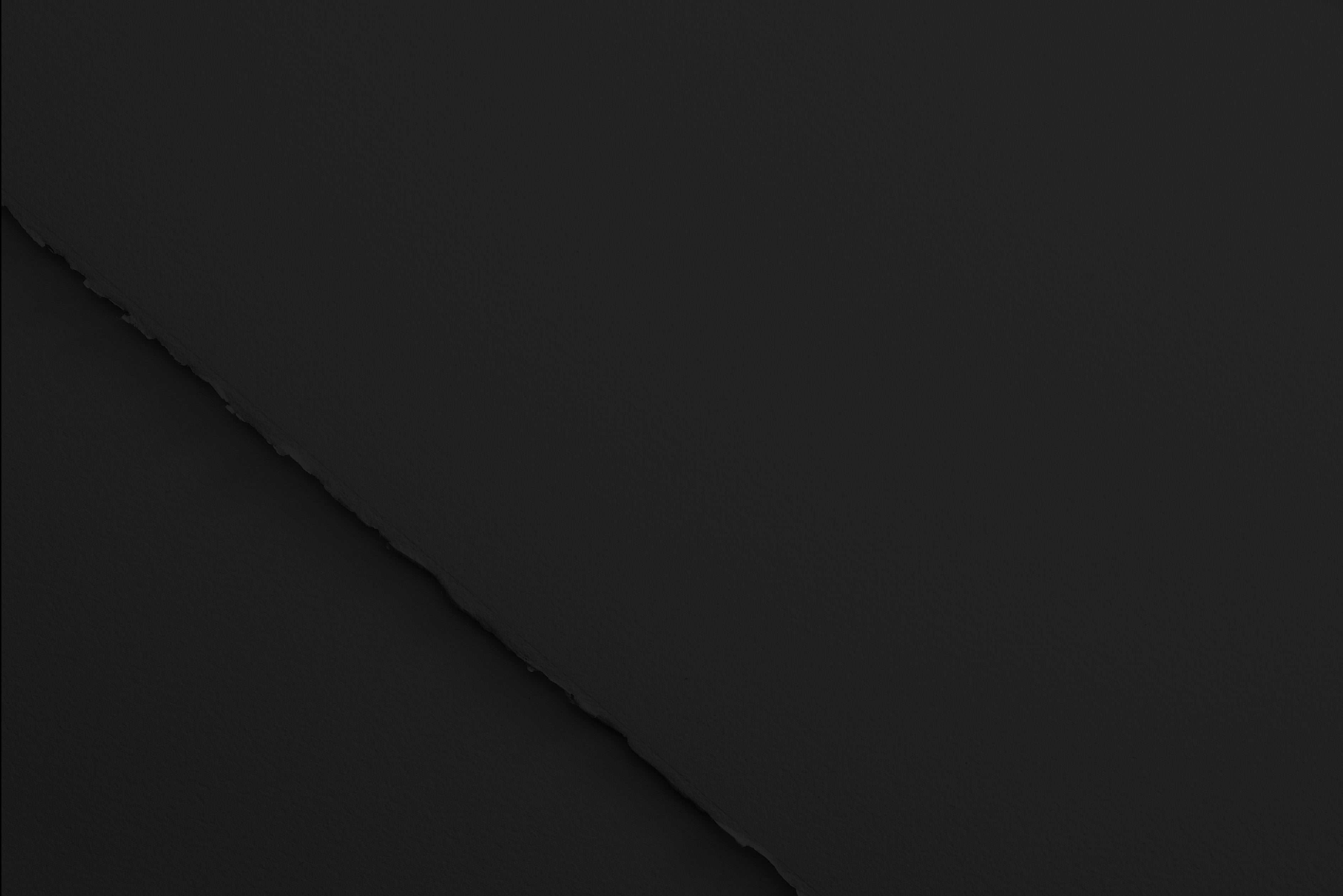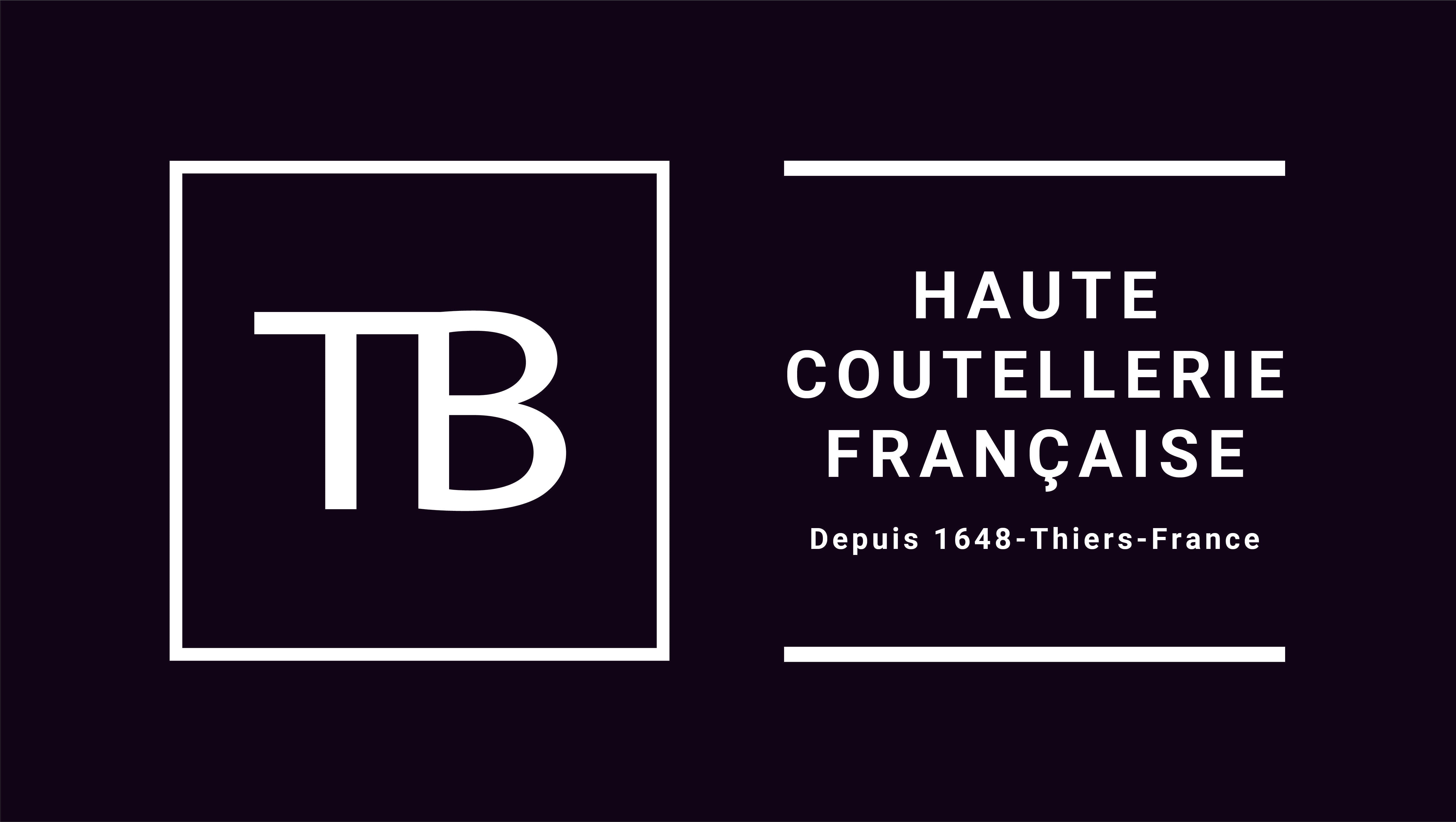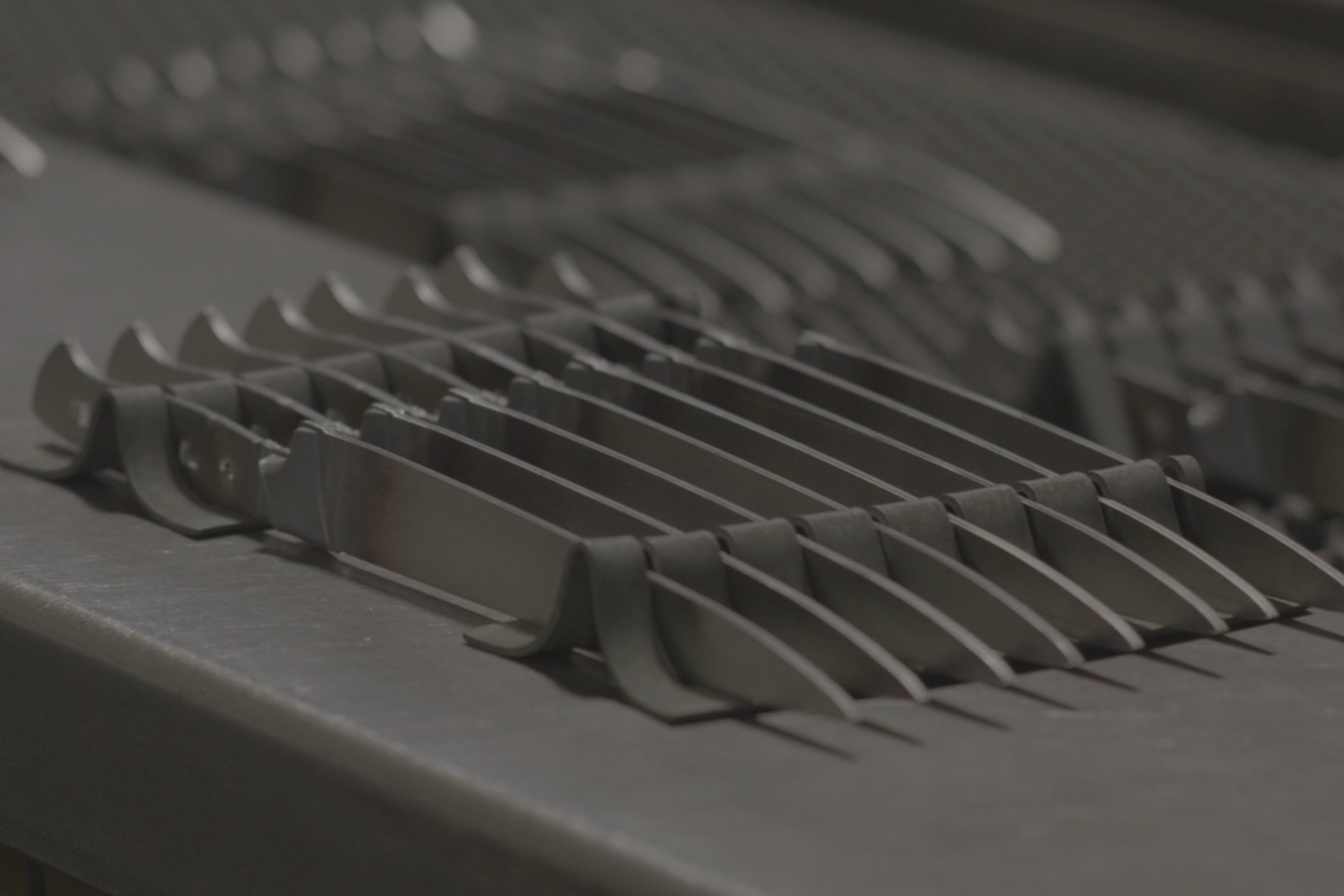Knives are essential tools in any kitchen, and their maintenance is crucial to ensure their effectiveness and longevity. However, many users make the mistake of scraping the cutting board with the edge of the blade, a habit that can harm your knives and compromise their performance over time. In this article, we explain why it is essential to avoid this practice and how to preserve the quality of your knives, including those from TB 1648 , carefully crafted in Thiers.
1. Damage to the blade edge
The edge of the blade, that is, the sharp part of the knife, is designed to be as precise and sharp as possible. Scraping the cutting board with the blade can have several negative consequences for this edge. Constant contact with a hard surface, such as wood or plastic, can gradually dull the steel, reducing its sharpness and requiring more frequent resharpening.
Over time, this practice can also create micro-abrasions on the edge, impairing the sharpness of the knife. The sharpening and re-sharpening process can be time-consuming and expensive, especially for high-quality knives like those from TB 1648 , which are made from Nitrox steel or forged stainless steel.
2. Risk of blade deformation
Scraping a cutting board with the edge of your knife puts unwanted pressure on the blade. This action can cause the knife to distort its original shape, especially on thinner or more flexible blades. High-quality kitchen knives, like those in the Louis collection by TB 1648 , are designed to strike the perfect balance between strength and flexibility. Scraping the board can compromise this careful design.
3. Risks to the cutting board
In addition to damaging the blade, scraping the board with the edge of the knife can also harm the board itself. Wooden boards, for example, can crack or pit from repeated contact with a sharp knife. A damaged cutting board can build up bacteria and make your workspace less sanitary.
4. The art of using a knife properly
To preserve both your knife blade and your cutting board, it is important to adopt the correct cutting technique. Always use the knife in a chopping motion rather than a scraping motion. This helps to preserve the sharpness of the blade, while providing better performance in cutting food.
It is also recommended to use cutting boards that are suitable for knives. Wooden boards, such as those from TB 1648 , are ideal because they protect both the blade and the work surface. Acacia, for example, is a sturdy wood that limits the impact of knife strokes while being gentle on the blades.
5. Proper maintenance to maximize the life of your knives
To keep your knives in optimal condition, here are some additional tips:
- Sharpen your knives regularly : A sharp knife cuts more efficiently and requires less force, reducing wear on the blade edge.
- Use suitable cutting boards : Choose wooden or soft plastic boards which are less abrasive to the blades than glass or ceramic boards.
- Avoid scraping : If you need to gather chopped or cut foods onto the board, use the back of the blade (the flat of the blade) rather than the edge to push them toward a container.
Scraping the cutting board with the edge of the blade is a habit to avoid if you want to extend the life of your knives and preserve their performance. By adopting cutting practices that are more respectful of your tools and using suitable boards, you not only guarantee the efficiency of your TB 1648 knives, but also safety and hygiene in your kitchen.
For top quality knives, built to last, trust TB 1648 , specialist in knives and kitchen accessories made in Thiers since 1648. An excellent blade starts with good maintenance.




















